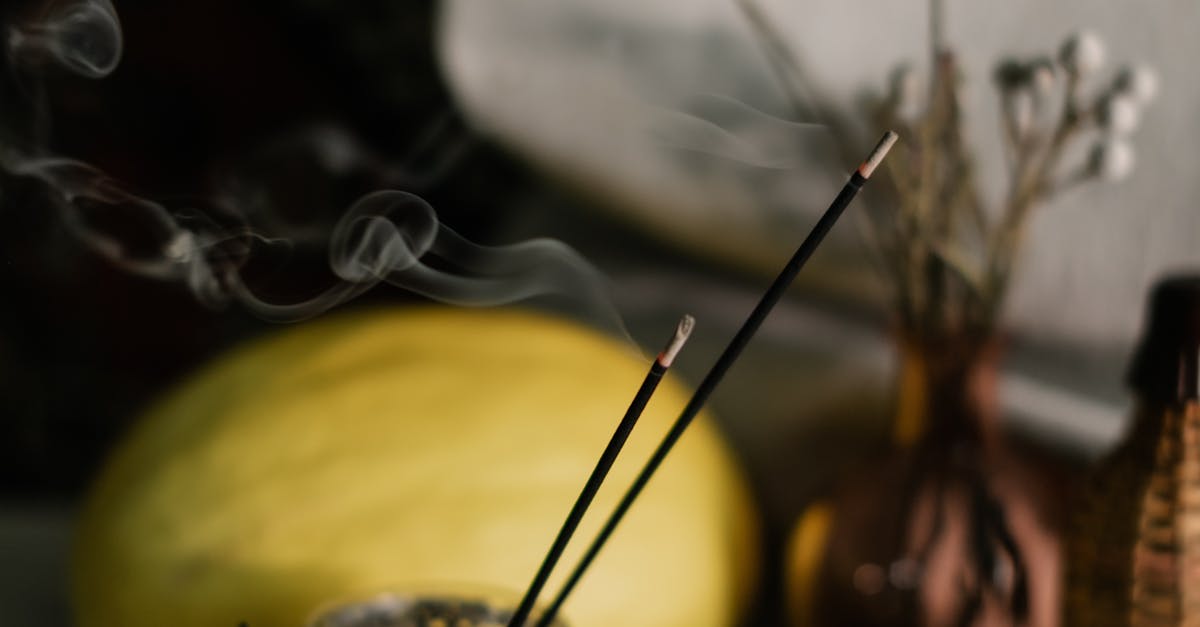The Ultimate Guide to Misting and Soaking Air Plants for Optimal Hydration

Do you have air plants and are unsure whether you should mist them, soak them, or both? These unique plants don’t grow in soil, so their watering needs are different from most plants. The good news is that caring for air plants is fairly simple. Generally, they only need to be soaked or misted once a week for about 20 minutes. Continue reading to delve deeper into the topic and learn the advantages and disadvantages of each. We will also touch on how to tell whether your air plant is getting the proper amount of hydration.
Your air plants are epiphytes, meaning they grow perched upon other plants. In nature, these plants get misted by rain, fog, and morning dew. Some people believe this is why air plants do so well with misting. It mimics the environment they’ve adapted to. However, different methodologies work for different people, so we encourage you to experiment with soaking and misting air plants separately. Or, find a balance by utilizing both methods. You can’t kill an air plant by either misting or soaking it, as long as it’s dried out completely before it’s put away. If you keep your air plants for any period of time, you will soon find what care methods work best for you and the plants you grow.
1. Misting vs. Soaking: Understanding the Differences
Misting air plants is a quick and easy way to provide them with hydration. Simply fill a spray bottle with water and mist the leaves of your air plants until they are evenly damp. Misting can be done as often as once a day, but it is important to allow the leaves to dry completely between mistings to prevent rot. Misting is often the preferred method because it is quick, less messy, and overall less intensive.
Soaking is a deeper watering method that involves submerging the entire air plant in water. To soak your air plants, fill a bowl or sink with room-temperature water and place the air plants in the water. Weigh the leaves down slightly so the plant stays completely submerged. Allow the plants to soak for 20-30 minutes, then remove them from the water and shake off any excess water.
Misting is especially nice in dry climates or during the winter months when the air is drier Overall, misting is a good option if you want to water your air plants frequently but don’t want to deal with the hassle of submerging them in water. Soaking is a good option if you want to give your plants a deep watering and clean their leaves at the same time. Both misting and soaking can be used on air plants, but the best method for you will depend on your specific needs and preferences.
2. Misting: A Gentle Approach to Hydration

Misting is a great way to provide your air plants with hydration and keep them looking their best. Here are a few tips for effective misting:
- Frequency: Mist your air plants once or twice a week, or more often if the air is dry.
- Water quality: Use filtered or distilled water to mist your air plants. Tap water can contain minerals that can build up on the leaves of your plants and cause them to turn brown.
- Misting technique: Hold the spray bottle about 6 inches away from your air plants and mist them until the leaves are evenly damp. Avoid over-misting, as this can lead to rot.
- Drying: After misting, allow your air plants to dry completely before putting them away. This will help to prevent rot. You can speed up the drying process by using a fan or placing your air plants in a sunny spot.
- External resource: Here is a link to an external resource on misting air plants: https://www.airplantcare.com/misting-air-plants/
Misting is a simple and effective way to care for your air plants. By following these tips, you can help your plants thrive.
3. Soaking: A Deep Watering Method
Soaking is a deep watering method that can be beneficial for air plants. Here are a few benefits of soaking air plants:
- Hydration: Soaking allows air plants to absorb water deeply, which can be helpful for plants that are dehydrated or have been neglected.
- Cleaning: Soaking can help to remove dust and debris from the leaves of your air plants.
- Fertilization: You can add a small amount of fertilizer to the water when you soak your air plants to give them a boost of nutrients.
To soak your air plants, fill a bowl or sink with room-temperature water. Place your air plants in the water and weigh the leaves down slightly so the plants stay completely submerged. Allow the plants to soak for 20-30 minutes, then remove them from the water and shake off any excess water.
After soaking, it is important to allow your air plants to dry completely before putting them away. This will help to prevent rot. You can speed up the drying process by using a fan or placing your air plants in a sunny spot.
Here are some additional post-soaking care instructions:
- Inspect your air plants for any signs of damage. If you notice any brown or yellowing leaves, remove them from the plant.
- Gently remove any excess water from the crevices of your air plants. You can use a cotton swab or a soft cloth to do this.
- Place your air plants in a bright, indirect light location. This will help them to dry out and recover from soaking.
4. Factors Influencing Hydration Needs
The hydration needs of air plants can vary depending on a number of environmental factors, including temperature, humidity, and air circulation.
Temperature: Air plants prefer warm temperatures, between 55 and 85 degrees Fahrenheit. When the temperature is high, air plants will need to be watered more frequently.
Humidity: Air plants also prefer high humidity, between 40 and 60%. When the humidity is low, air plants will need to be misted or soaked more often.
Air circulation: Air circulation is also important for air plants. Good air circulation will help to prevent the leaves from rotting.
In addition to these environmental factors, the size and type of air plant you have will also affect its hydration needs. Smaller air plants will need to be watered more frequently than larger air plants. And some types of air plants, such as Tillandsia xerographica, are more drought-tolerant than others.
By understanding the environmental factors that affect air plant hydration, you can better care for your plants and keep them healthy and happy.
5. Signs of Overwatering and Underwatering
Overwatering
Overwatering is one of the most common problems that air plant owners face. Symptoms of overwatering include:
- Soft, mushy leaves
- Brown or yellow leaves
- Roots that are black or brown
- A foul odor
If you think your air plant is overwatered, the best thing to do is to stop watering it for a while. You can also try gently removing the plant from its container and shaking off any excess water. If the roots are black or brown, you may need to trim them back.
Underwatering
Underwatering is another common problem that air plant owners face. Symptoms of underwatering include:
- Dry, crispy leaves
- Curled leaves
- Brown or yellow tips on the leaves
- Slow growth
If you think your air plant is underwatered, the best thing to do is to soak it in water for 20-30 minutes. You can also mist the plant more frequently.
External resource: Here is a link to an external resource on troubleshooting air plant watering issues: https://www.airplantcare.com/watering-air-plants/
By understanding the signs of overwatering and underwatering, you can better care for your air plants and keep them healthy and happy.
Quiz
- Which of the following is a benefit of misting air plants?
(a) Provides deep hydration (b) Helps remove dust and debris (c) Cleans the leaves (d) Fertilizes the plant
-
True or False: Air plants prefer low humidity.
-
Which of the following is a sign of overwatering in air plants?
(a) Dry, crispy leaves (b) Soft, mushy leaves (c) Slow growth (d) Curled leaves
- How often should you soak your air plants?
(a) Once a day (b) Once a week (c) Once a month (d) Never
- True or False: Air plants can survive without water for long periods of time.
Answer Key
- (b)
- False
- (b)
- (b)
- True
Answer Key
- (b)
- False
- (b)
- (b)
- True
